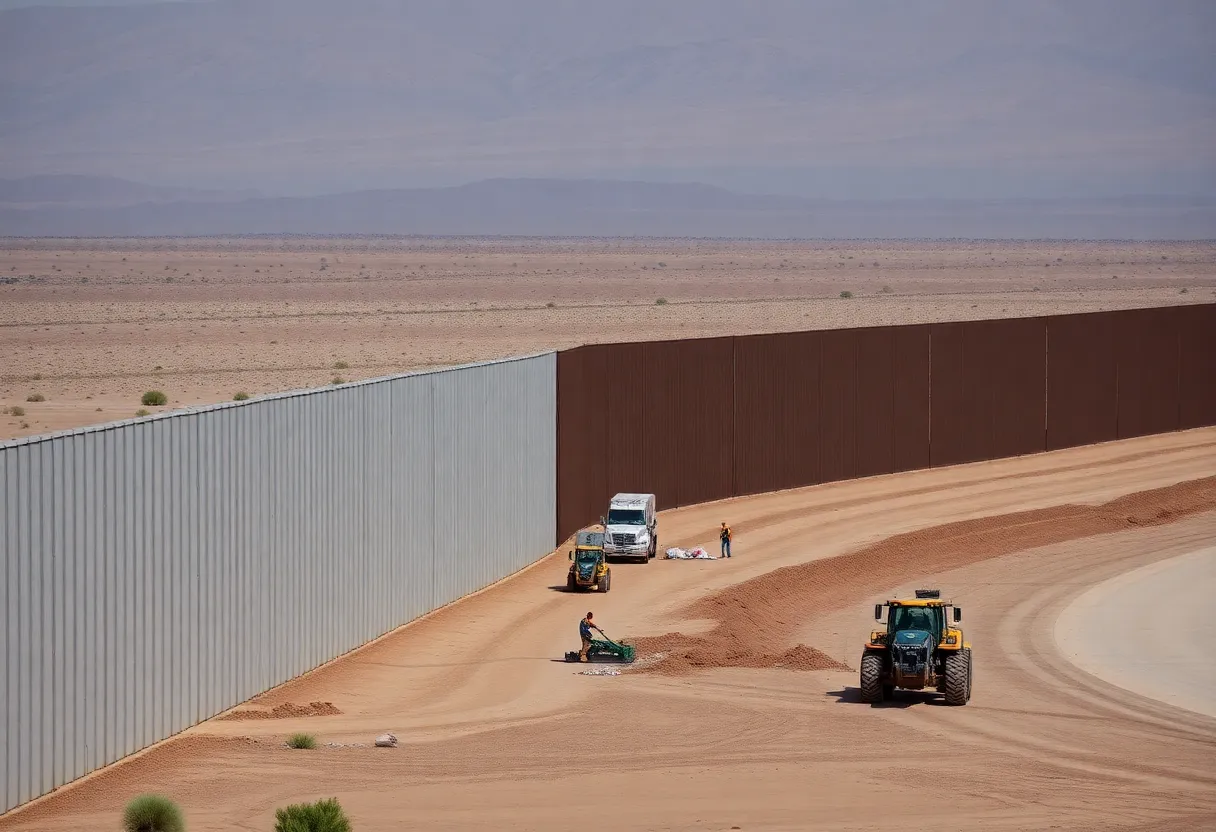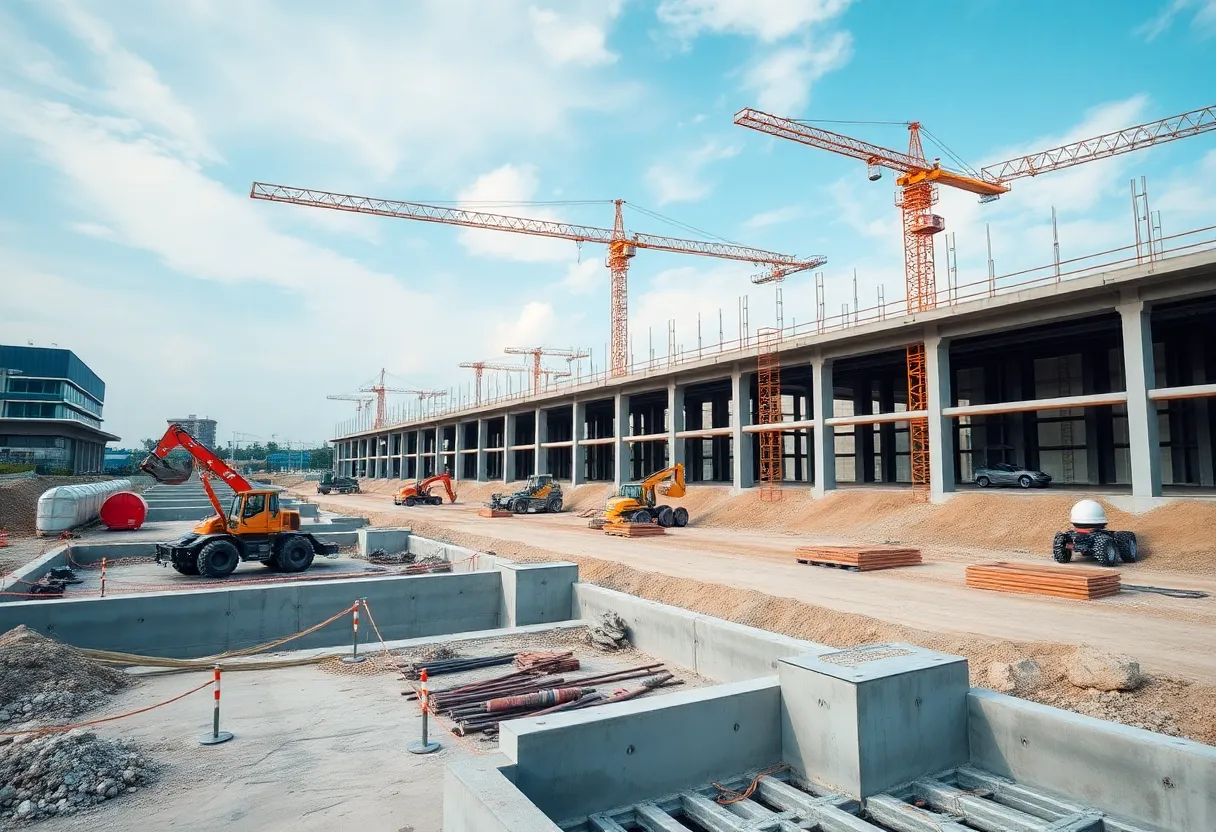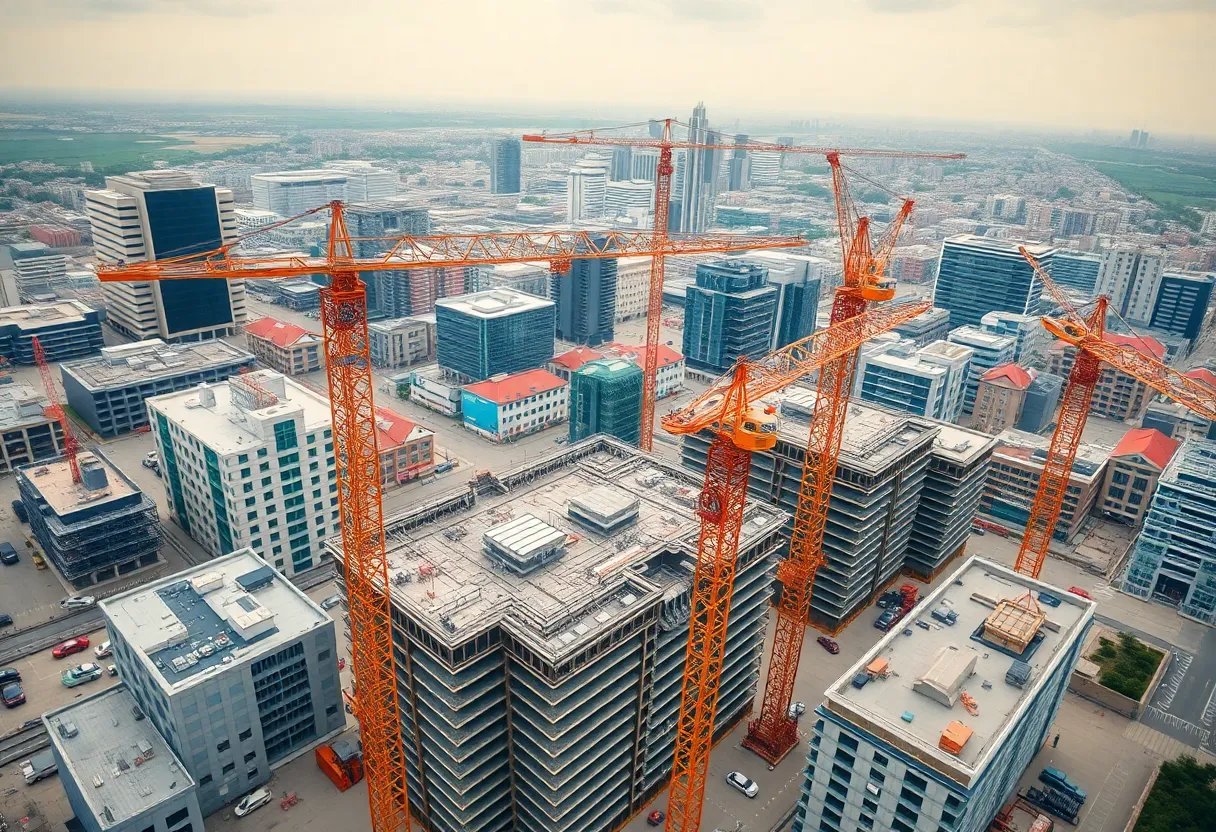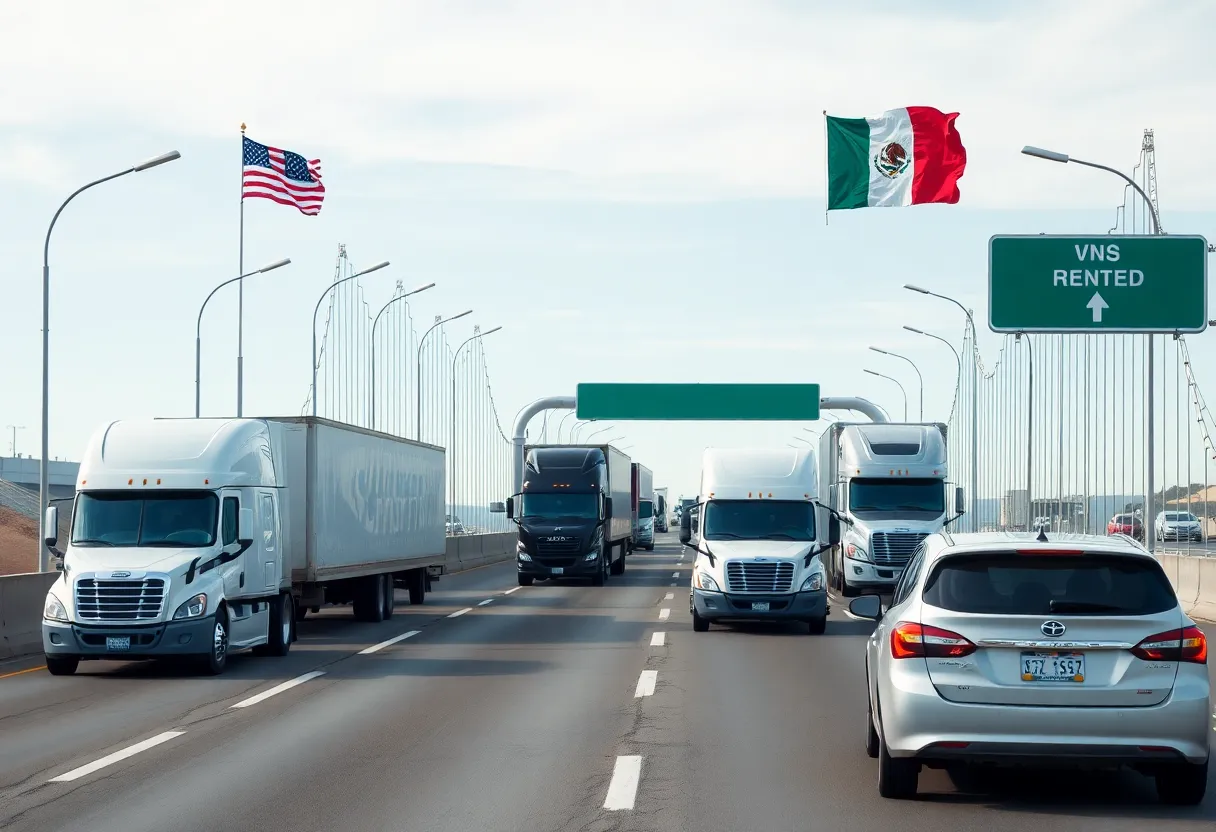News Summary
The Department of Homeland Security’s recent waivers have expedited border wall construction in Arizona, allowing contractors to bypass various regulations. This move aims to enhance border security amid ongoing debates about the environmental impact and efficacy of such projects. As construction teams mobilize resources, discussions around habitat disruption and alternative border management strategies are intensifying. The accelerated timeline raises questions about the balance between security needs and ecological considerations.
Arizona Border Wall Construction Accelerated by DHS Waivers
In Arizona, recent decisions by the Department of Homeland Security (DHS) have sped up border wall construction efforts. These waivers bypass certain environmental and other regulations, allowing for faster building in specific areas along the U.S.-Mexico border. This development has intensified discussions about the project’s environmental effects and overall effectiveness in addressing border security.
The waivers enable contractors to begin rapid construction phases immediately, focusing on key sections identified as priorities. This acceleration aims to enhance border control measures amid ongoing challenges. As a result, construction teams are now mobilizing resources and personnel to meet accelerated timelines, potentially completing segments quicker than initially planned.
Supporting these efforts, the waivers cover multiple legal requirements, streamlining the process that typically involves lengthy reviews. This approach allows for more efficient allocation of funds and labor, with experts noting that it could lead to noticeable progress in the coming months. However, concerns have arisen regarding potential environmental impacts, such as habitat disruption for local wildlife and effects on nearby communities, which are now a focal point in public discourse.
On the efficacy side, debates center on whether expanding the border wall will effectively reduce unauthorized crossings or serve as a deterrent. Supporters argue that physical barriers combined with advanced technology will strengthen security, while critics question the long-term benefits based on past data. This has sparked broader conversations about alternative strategies for border management.
To provide context, border wall projects have been a part of U.S. policy for years, with various administrations prioritizing different aspects. The current push in Arizona builds on previous efforts, where sections of the wall have already been constructed. These waivers, issued recently, reflect a strategy to address perceived gaps in border security through expedited infrastructure development.
The mobilization of contractors involves deploying heavy machinery, materials, and skilled workers to affected sites. This rapid build phase is expected to involve coordination with local authorities to minimize disruptions. Despite the urgency, ongoing monitoring is planned to assess both the construction progress and its broader implications.
Environmental groups have highlighted potential risks, including soil erosion, water flow changes, and impacts on endangered species in the region. Meanwhile, efficacy evaluations often reference studies suggesting that walls alone may not fully resolve migration issues, emphasizing the need for comprehensive policies.
In summary, the DHS waivers mark a significant step forward in Arizona’s border wall construction, balancing security needs against environmental and practical concerns. As work proceeds, the outcomes will likely influence future decisions on similar projects nationwide.
This initiative underscores the complex interplay between security, environment, and policy in modern infrastructure projects. With contractors now in action, the coming weeks will reveal how these accelerated efforts unfold.
Background on the Project
The border wall in Arizona is part of a larger effort to fortify the U.S.-Mexico boundary, spanning hundreds of miles. Historical context shows that construction has occurred in phases, influenced by federal budgets and policy shifts. The recent waivers, issued to fast-track builds, stem from assessments that identified vulnerable areas requiring immediate attention.
Debates over environmental impacts and efficacy are not new; they have persisted since the project’s inception. Environmental assessments typically involve evaluating effects on ecosystems, while efficacy analyses look at metrics like crossing rates and enforcement outcomes. This ongoing project continues to evolve, shaped by these factors.
Overall, the acceleration in Arizona represents a pivotal moment in U.S. border security strategy, with implications for regional dynamics and national policy.
(Word count: 582)
FAQ Section
Below is a list of frequently asked questions based on the key facts from this article.
- Q1: What has accelerated border wall construction in Arizona?
- Q2: What debates have been sparked by the construction?
- Q3: What are contractors doing in response?
A1: DHS waivers have accelerated border wall construction in Arizona.
A2: Debates over environmental impacts and efficacy have been sparked by the construction.
A3: Contractors are mobilizing for rapid builds.
Key Features Chart
The following table outlines key features of the Arizona border wall construction based on the article’s details.
| Feature | Description |
|---|---|
| Acceleration Method | DHS waivers |
| Main Impacts | Environmental impacts and efficacy |
| Contractor Actions | Mobilizing for rapid builds |
Deeper Dive: News & Info About This Topic
Construction FL Resources
Insights on Sustainable Building Practices in Kentucky
Rapid Growth of 3D Concrete Printing in US Construction
Plans Unveiled for Monumental ‘Arc de Trump’ Construction Project
FHWA Selects Cloud-Based Tool for Infrastructure Projects
President Unveils Plans for New Monument in D.C.
Commercial Metals Company Sees 45% Increase in Earnings
U.S. Army Begins Construction on New Border Wall Segment in Arizona
San Diego Border Fortification Project Advances Security Measures
Skanska Secures $175 Million Contract for Construction Projects
Border Wall Construction Resumes in Yuma, Arizona
Author: Construction FL News
The FLORIDA STAFF WRITER represents the experienced team at constructionflnews.com, your go-to source for actionable local news and information in Florida and beyond. Specializing in "news you can use," we cover essential topics like product reviews for personal and business needs, local business directories, politics, real estate trends, neighborhood insights, and state news affecting the area—with deep expertise drawn from years of dedicated reporting and strong community input, including local press releases and business updates. We deliver top reporting on high-value events such as the Florida Build Expo, major infrastructure projects, and advancements in construction technology showcases. Our coverage extends to key organizations like the Associated Builders and Contractors of Florida and the Florida Home Builders Association, plus leading businesses in construction and legal services that power the local economy such as CMiC Global and Shutts & Bowen LLP. As part of the broader network, including constructioncanews.com, constructionnynews.com, and constructiontxnews.com, we provide comprehensive, credible insights into the dynamic construction landscape across multiple states.





